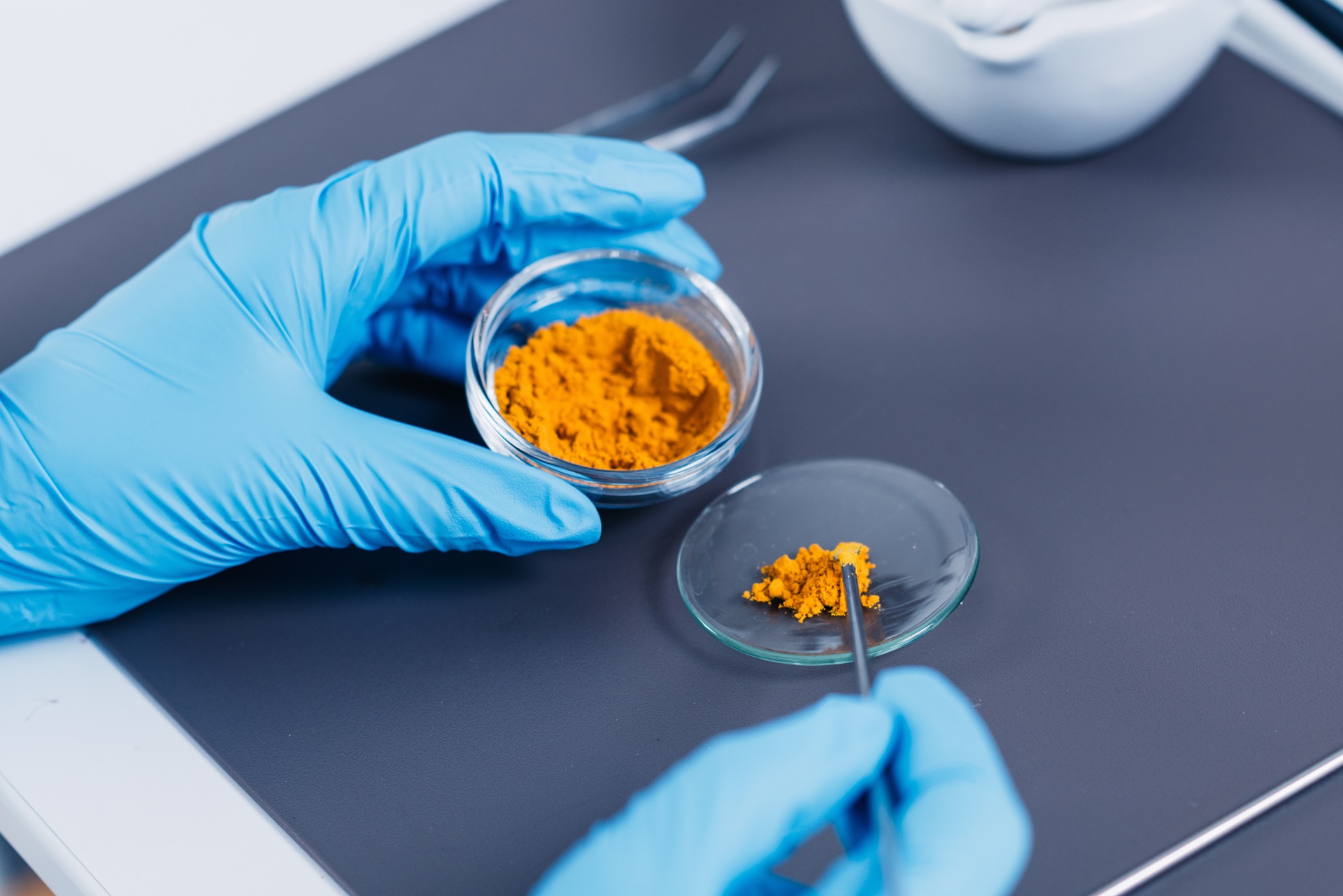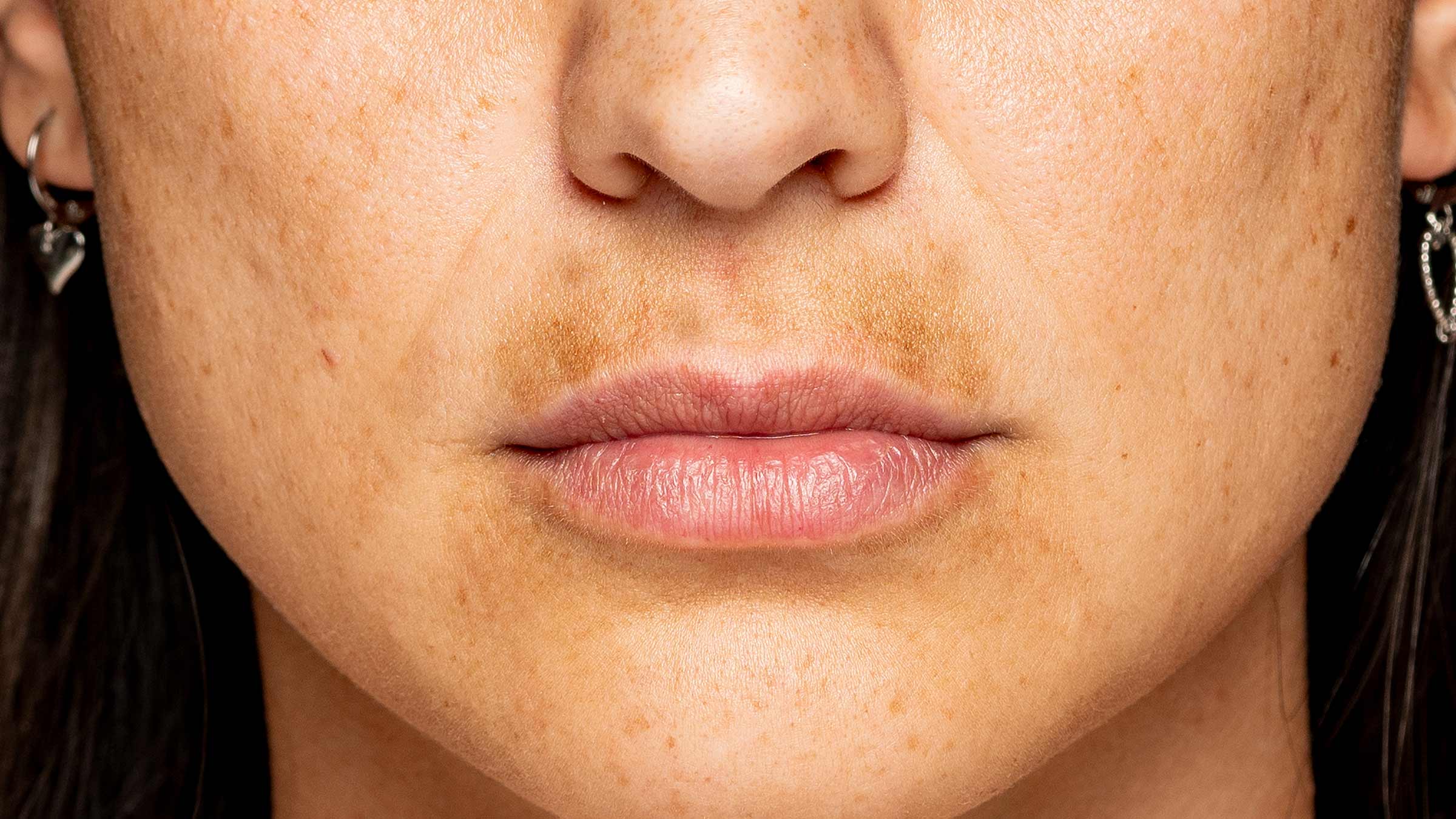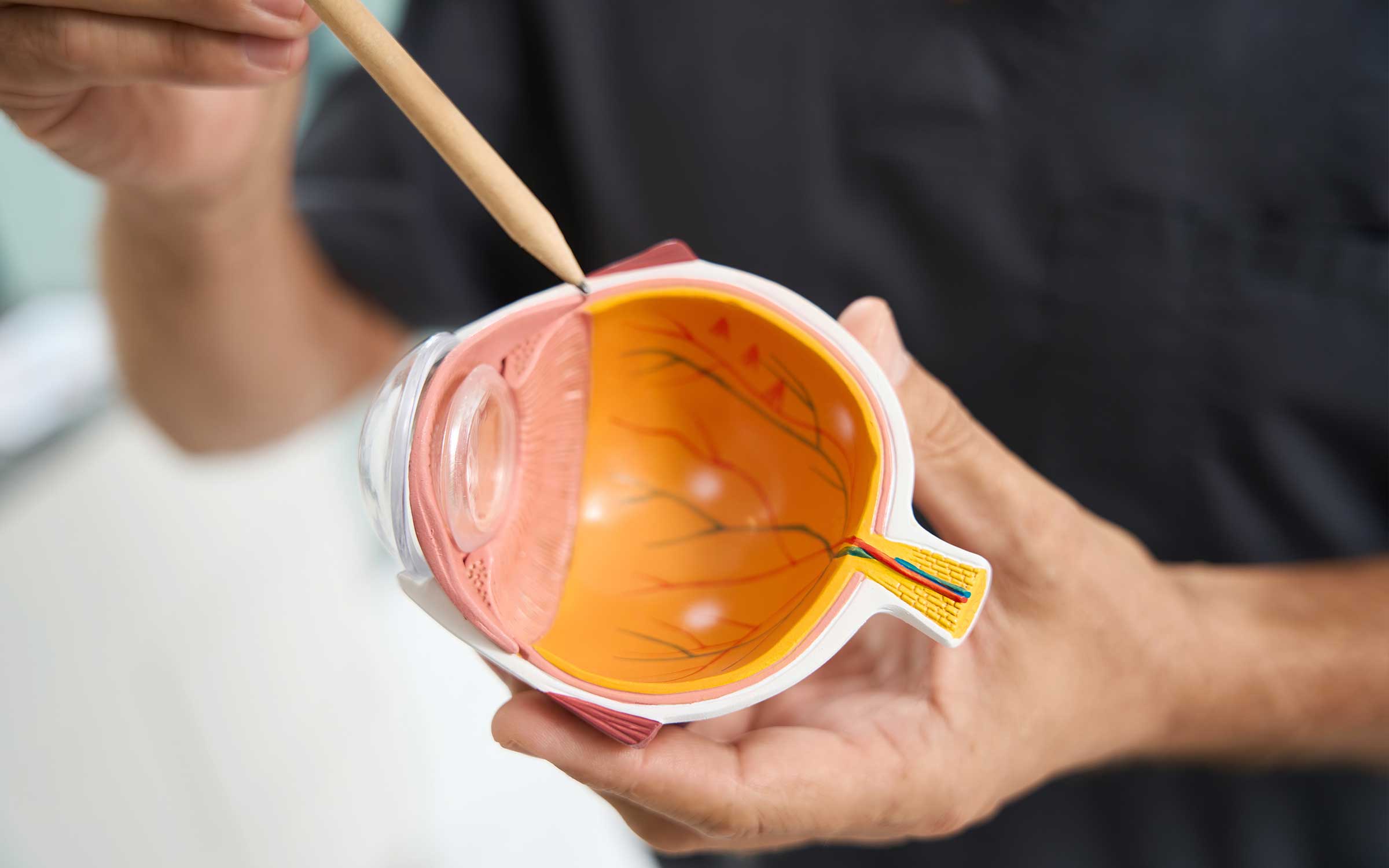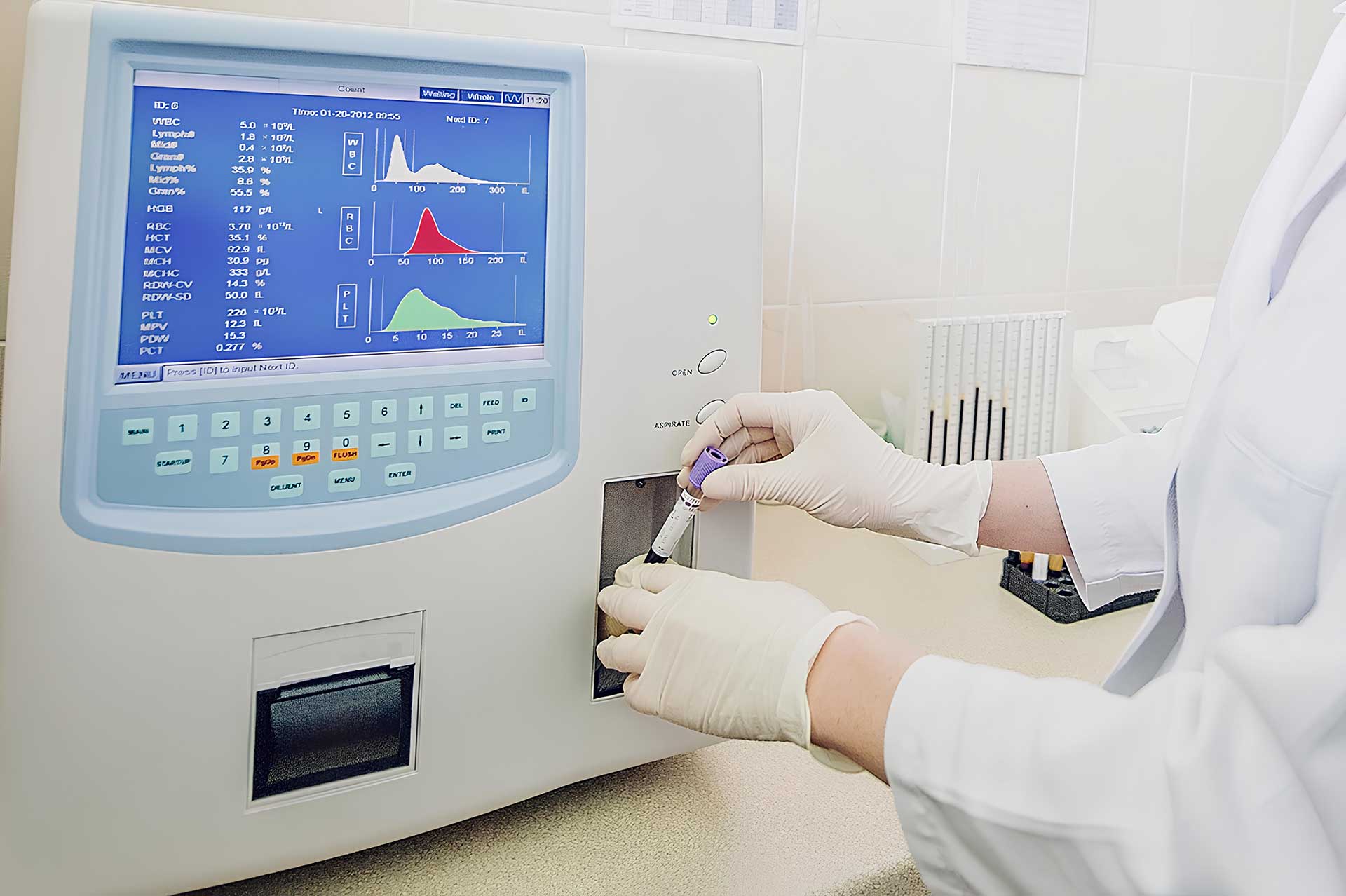THE PAST, PRESENT, AND FUTURE OF KOREAN MEDICINE: A SCIENTIFIC PERSPECTIVE
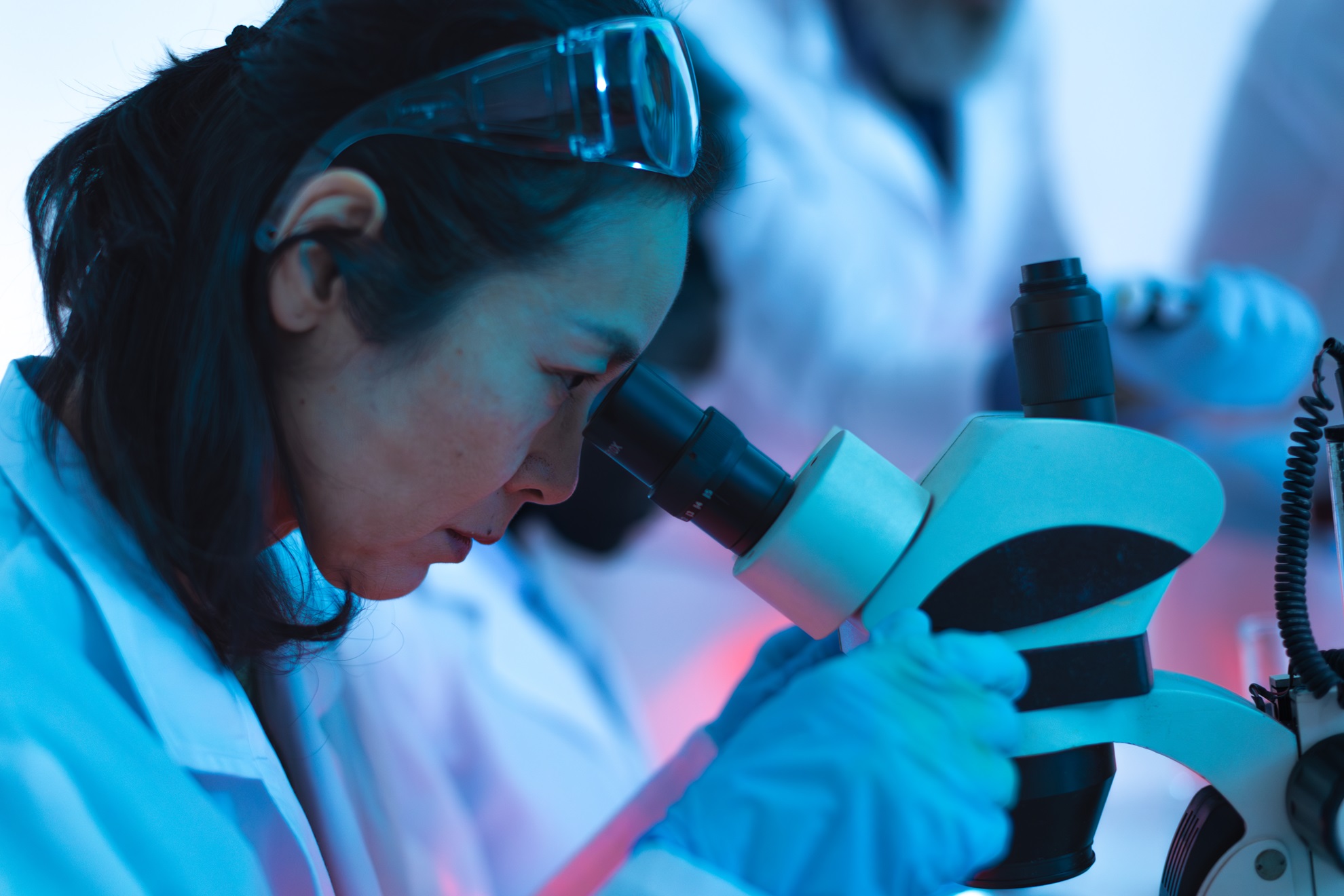
What is Korean Medicine?
Korean medicine, with a deep-rooted history spanning thousands of years, is one of East Asia's traditional medical systems. It includes various practices, such as acupuncture, moxibustion, herbal remedies, and other natural treatment methods. In recent years, Korean medicine has been studied through modern scientific methods and is being integrated with evidence-based medical approaches, merging traditional wisdom with the power of modern science to create a system with substantial potential.
The History of Korean Medicine
The origins of Korean medicine are shaped by influences from Chinese medicine, adapted to the peninsula's geographical and cultural characteristics. Over centuries, Korean medicine has formed the foundation of the country's healthcare system and has been used to treat various diseases. Herbal medicine, in particular, has been one of the main therapeutic methods, resulting in a rich herbal formulation tradition.
The Present of Korean Medicine
Today, Korean medicine is garnering increasing interest both domestically and globally. Research using modern scientific methods supports the efficacy of some Korean medicine practices. Korean medicine is particularly used as a complementary therapy in areas such as pain management, gastrointestinal diseases, immune system enhancement, and stress management. Acupuncture has proven effective in treating chronic pain and some neurological disorders, while herbal medicines stand out for their anti-inflammatory, antioxidant, and anti-cancer properties.
The Future of Korean Medicine
In the future, Korean medicine is expected to develop further and achieve closer integration with modern medicine. As scientific research progresses, the efficacy and safety of Korean medicine will be better understood, treatment protocols will be developed, and new therapeutic methods will emerge. Advances in fields such as molecular biology, genetics, and pharmacology will allow for a deeper understanding of Korean medicine's mechanisms, enabling the development of personalized treatments.
Historical Development of Korean Medicine
With a history that spans thousands of years, Korean medicine has been shaped by influences from Chinese medicine, adapted to the peninsula's unique geographical and cultural aspects. Over the centuries, Korean medicine has been foundational to the country's healthcare system and used in treating various ailments. Herbal medicine, one of its core methods, has led to the development of a rich herbal formulation tradition.
Fundamental Principles
The fundamental principles of Korean medicine are based on the belief that the human body is in harmony with the universe and that health is maintained through the balance of yin and yang energies. According to these principles, illnesses arise when this balance is disturbed. One of Korean medicine's main goals is to restore this balance and regain health.
- Yin-Yang Balance: It is the belief that all entities in the universe consist of two opposite yet complementary energies. The disruption of yin-yang balance in the body is believed to cause diseases.
- Five Elements Theory: The belief that everything in the universe is composed of five elements (wood, fire, earth, metal, water) and that these elements are interrelated. Imbalances in these elements within the body are also thought to lead to diseases.
- Meridian System: The belief in meridians, channels through which energy flows in the body. Disruption or blockage of energy flow in these meridians is considered to cause illnesses.
Treatment Methods
Korean medicine uses various treatment methods to determine the cause of illness and restore the body's energy balance. Some of these methods include:
- Acupuncture: A treatment method involving the placement of thin needles at specific points on the body.
- Moxibustion: A treatment in which a herbal substance called moxa is burned to apply heat to specific points on the body.
- Herbal Medicines: A treatment method using drugs derived from natural herbs.
- Therapeutic Patches/Transdermal Applications: These have been used for pain management, body balance (Yin-Yang), energy production, and preventive solutions for chronic illnesses. Today, they are used effectively, combining traditional methods with nanotechnology.
- Cupping Therapy: A treatment aimed at increasing blood circulation by creating a vacuum on specific areas of the body.
- Salt Baths: Baths taken in salt water to relax the body and remove toxins.
Integration with Modern Medicine
Today, Korean medicine is examined through modern scientific methods and is integrated with evidence-based medicine. Korean medicine is especially used as a complementary treatment in fields such as pain management, digestive system diseases, immune system strengthening, and stress management. Acupuncture has proven effective in treating chronic pain and some neurological disorders. Herbal medicines, on the other hand, are notable for their anti-inflammatory, antioxidant, and anti-cancer effects. In the future, Korean medicine is expected to advance further and integrate more closely with modern medicine. As scientific research increases, the efficacy and safety of Korean medicine will be better understood, treatment protocols will be developed, and new therapeutic methods will emerge.
In summary, Korean medicine represents a powerful therapeutic system created by the fusion of thousands of years of experience and modern science, offering a holistic approach to both physical and mental health.
Advantages of Korean Medicine from a Scientific Perspective
- Multi-Faceted Therapeutic Approach: Korean medicine offers a holistic therapeutic approach that considers not only physical but also mental and spiritual health.
- Natural Treatment Methods: Natural treatment methods like herbal medicine and acupuncture provide a therapeutic option with fewer side effects and support the body.
- Management of Chronic Diseases: Korean medicine can help alleviate symptoms of chronic diseases and improve quality of life.
- Scientifically Supported Efficacy: Modern scientific research supports the effectiveness of some Korean medicine practices.
- Personalized Treatment: Korean medicine creates personalized treatment plans considering each patient's unique needs.
The Future of Korean Medicine
In the future, Korean medicine is expected to play a significant role in the development of personalized treatment methods, becoming more integrated with modern medicine. South Korea, a global leader in high technologies in genetics and molecular biology, continuously modernizes ancient medical knowledge. Particularly:
- Smart Drug Delivery Systems: Transdermal technology was first implemented by Korean medicine through patch systems, achieving a breakthrough in smart drug delivery.
- Omics Technologies: Using technologies like genomics, proteomics, and metabolomics, diseases can be understood at the molecular level, and personalized treatment plans can be created.
- Artificial Intelligence: With big data analytics and machine learning, diseases can be diagnosed earlier, and treatment processes optimized.
- Nanotechnology: Significant advancements are expected in targeted drug delivery and treatment effectiveness as Korean medicine merges with modern scientific developments.
In conclusion, Korean medicine represents a powerful therapeutic system created by the fusion of thousands of years of experience and modern science. In the future, Korean medicine is expected to evolve further into a therapeutic system that combines the best aspects of traditional and modern medicine. However, it is essential to follow such approaches under the supervision of a physician. Always consult your doctor for any health concerns.
1.Park J, Yi E, and Yi J, The Provision and Utilization of Traditional Korean Medicine in South Korea: Implications on Integration of Traditional Medicine in a Developed Country. (2021).
2.Leem KH and Park HK, Traditional Korean medicine: now and the future. (2007).
3.Kim YJ, et al., Integrative traditional Korean medicine treatment for children with idiopathic short stature: A STROBE-compliant case series. (2022).
4.Han JE, et al., Traditional Korean Medicine Usage and Perception: a comparative study between the general population and the disabilities. (2022).
5.Park H and Kim HS, Korean traditional natural herbs and plants as immune enhancing, antidiabetic, chemopreventive, and antioxidative agents: a narrative review and perspective. (2014).
6.Kim H, Song MJ, and Potter D, Medicinal efficacy of plants utilized as temple food in traditional Korean Buddhism. (2006).
7.Lee K, et al., Digital Health Profile of South Korea: A Cross Sectional Study. (2022).
8.Yoon SJ, et al., Measuring the burden of disease in Korea. (2007).








